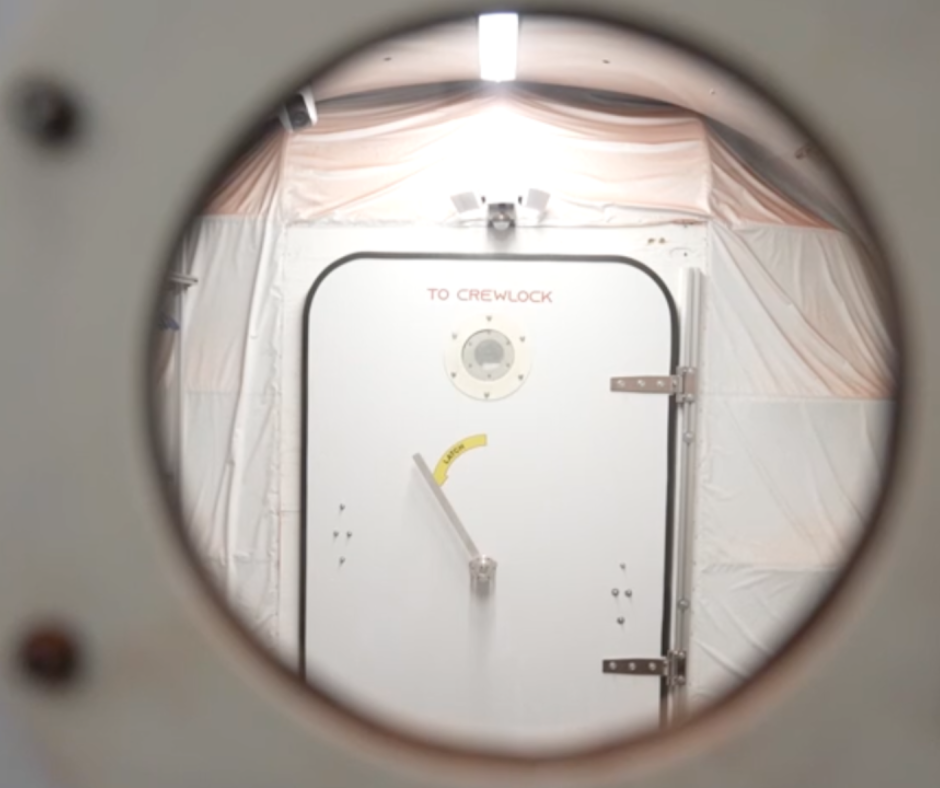NASA is preparing for its year-long simulated Mars habitat mission. The project will help scientists study human lifestyle, resource management, and psychological challenges crucial for future Mars missions.

Q1. Why is NASA doing this fake Mars habitat mission?
Ans👉 To study astronauts’ lifestyle, psychological condition, and technical challenges that will be useful for a real Mars mission.
Q2. How long will this mission last?
Ans👉 It will be a year-long (12 months) simulation mission.
Q3. Where will the fake Mars habitat be built?
Ans👉 At NASA’s Johnson Space Center in Texas, USA, inside a special Mars habitat called Mars Dune Alpha.
Q4. How many people will participate?
Ans👉 There will be 4 crew members including scientists and engineers.
Q5. What will the fake Mars habitat look like?
Ans👉 It’s a 3D-printed habitat with sleeping quarters, laboratories, a kitchen, and an exercise area.
Q6. What tasks will the crew members perform?
Ans👉Food-growing Experiments scientific Research operating Robot emergency situation training.
Q7. How will this help with the real Mars mission?
Ans👉 It will help NASA understand how humans can survive and work for long durations in isolation with limited resources.
Q8. What is the name of the mission?
Ans👉 It is called CHAPEA (Crew Health and Performance Exploration Analog).
Q9. How will the experiment copy Mars-like conditions?
Ans👉 Oxygen, water, and food will be limited, and going outside will require a spacesuit.
Q10. When will the real Mars mission be possible?
Ans👉 NASA aims to send humans to Mars by the 2030s.
🤔 Conclusion :- NASA’s simulated Mars habitat mission is a significant step for humanity. It will provide valuable insights into how humans can survive in isolation, manage limited resources, and adapt to extreme conditions.